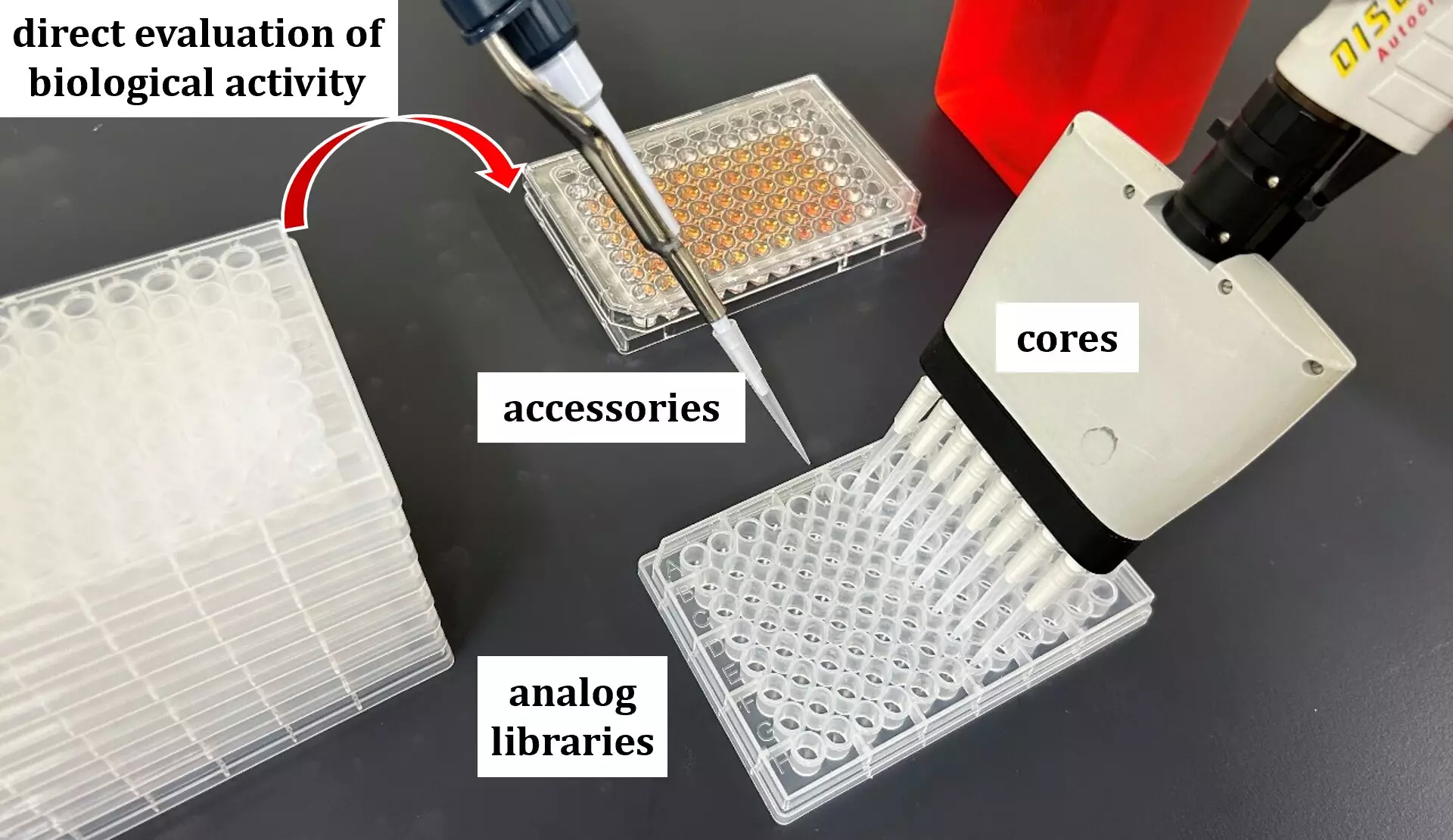As global health systems grapple with the escalating threat of antimicrobial resistance (AMR), the urgency for innovative strategies to combat antibiotic-resistant infections has never been more pronounced. The challenges posed by drug-resistant bacteria not only jeopardize patient safety, but they also complicate standard medical practices, from surgery to chemotherapy. Traditional antibiotics are losing efficacy, and without effective new options on the horizon, the risks associated with previously manageable infections are rising alarmingly. This dire scenario demands a recalibration in how drug candidates for AMR are discovered and developed.
A Breakthrough Methodology in Drug Discovery
In a recent groundbreaking study by researchers from Hokkaido University, spearheaded by Assistant Professor Kazuki Yamamoto and Professor Satoshi Ichikawa, a novel approach for identifying antimicrobial drug candidates has emerged. Discussed in the prestigious journal Nature Communications, their method seeks to accelerate the often painstaking drug discovery process—critical in the urgent race against AMR. By leveraging a combination of synthesis methods and biological evaluations, the researchers have engendered a streamlined platform dubbed the “in situ build-up library method.”
This innovative methodology represents a significant departure from traditional drug discovery techniques. Instead of relying solely on trial-and-error, the research team strategically deconstructed known MraY inhibitors—key compounds that mitigate bacterial survival—into distinct binding and activity-enhancing components. This tactical segmentation paved the way for a more sophisticated assembly of potential drug analogs, ultimately leading to the identification of eight promising new candidates with robust antibacterial properties.
Unlocking the Potential of MraY Inhibitors
What makes the study particularly compelling is its focus on phospho-N-acetylmuramoyl-pentapeptide-transferase (MraY), an enzyme critical to bacterial cell wall synthesis and a vital target in the fight against AMR. The research illustrates the potency of MraY as a therapeutic target, given its central role in bacterial physiology. By developing a library of 686 drug analogs—crafted from various biological building blocks—the researchers were able to pinpoint effective candidates rapidly, streamlining what is typically a lengthy and uncertainty-ridden process.
Analyzing these analogs, the researchers found that while all eight showed promise, a standout was analog 2, which demonstrated exceptional effectiveness against resistant bacterial strains. This is an exciting revelation, as it suggests not only the potential for novel treatment options but also presents a refreshing approach to tackling a pressing global health crisis.
Through the Lens of Efficacy and Safety
Promisingly, one of the standout features of these new analogs is their low toxicity profile toward human cells, which raises the stakes for clinical applications. In an era where the side effects of existing antibiotics frequently contribute to patient morbidity, the identification of compounds with a narrow toxicity spectrum offers a potential boon to the safety of AMR therapies.
The researchers didn’t stop at antibiotics; their methodology also showcased versatility by demonstrating efficacy in identifying compounds in other domains, like oncology. By constructing a library of 588 analogs based on tubulin-binding natural products, the potential for crossover applications in varied fields of medicine further solidifies the innovative nature of this approach.
The Road Ahead: A Paradigm Shift in Drug Development
The implications of this research extend beyond the immediate fight against AMR. By showcasing the versatility and efficiency of their discovery platform, Yamamoto and Ichikawa have opened up new avenues in the drug development landscape. Their approach offers a fresh paradigm, promising not only faster identification of drug candidates but also a blueprint for addressing complex therapeutic challenges across multiple medical domains.
This exciting development signals a movement towards a more organized and systematic approach to drug discovery, potentially marking a turning point in our response to one of the most significant threats to public health in contemporary society. With innovation at the helm, the battle against drug resistance may soon find its most formidable weapons yet—crafted from strategic synthesis and informed by biological insight.

